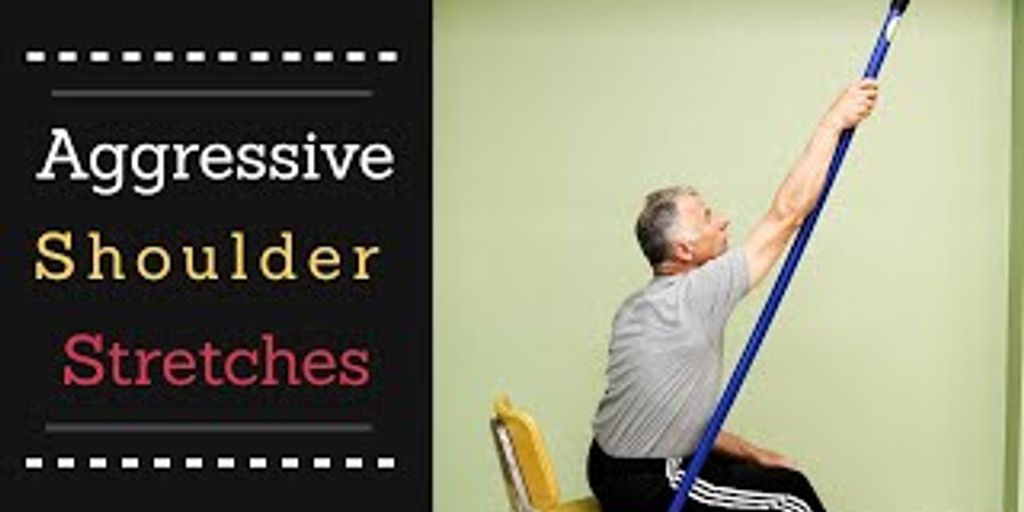
Shoulder impingement is a common problem that can cause pain and limit how much you can move your shoulder. It happens when the muscles and tendons in the shoulder get squeezed or pinched. This can be caused by things like overuse, injuries, or even just aging. Luckily, there are many ways to treat shoulder impingement, both with and without surgery. This article will explain what shoulder impingement is, how it’s treated, and how you can keep it from happening in the first place.
Key Takeaways
- Shoulder impingement occurs when the shoulder tendons get pinched, causing pain and limited movement.
- Non-surgical treatments include physical therapy, medications, and lifestyle changes to reduce pain and improve mobility.
- Surgery is an option when other treatments don’t work, and it involves procedures to relieve the pinching and repair any damage.
Understanding Shoulder Impingement
What is Shoulder Impingement?
Shoulder impingement happens when the tendons or bursa in the shoulder get squeezed or pinched by the bones. This can lead to pain and swelling, especially when you lift your arm. Shoulder impingement is also known as subacromial impingement syndrome.
Common Causes of Shoulder Impingement
There are several reasons why shoulder impingement might occur:
- Overuse: Repeating the same shoulder movements, like in swimming or tennis, can cause wear and tear.
- Bone Spurs: Extra bone growths can narrow the space for tendons.
- Inflammation: Swelling from injuries or other conditions can lead to impingement.
Symptoms to Watch For
If you have shoulder impingement, you might notice:
- Pain when lifting your arm or reaching overhead.
- Weakness in the shoulder muscles.
- Difficulty with everyday activities like dressing or combing your hair.
It’s important to see a doctor if you experience persistent shoulder pain or difficulty moving your shoulder. Early diagnosis and treatment can help prevent further damage. MRI or ultrasound scan of the shoulder is recommended to determine where the pain generator could be from.
Non-Surgical Treatments for Shoulder Impingement
Physical Therapy and Exercises
Physical therapy is often the first line of treatment for shoulder impingement. Therapists design specific exercises to improve shoulder strength and flexibility. These exercises help reduce pain and prevent further injury. Common exercises include stretching and strengthening routines tailored to the individual’s needs.
Medications and Injections
Medications such as nonsteroidal anti-inflammatory drugs (NSAIDs) can help reduce pain and inflammation. In some cases, doctors may recommend corticosteroid injections to provide more immediate relief. These injections target the inflamed area, offering both diagnostic and therapeutic benefits.
Lifestyle Modifications
Making certain lifestyle changes can also aid in managing shoulder impingement. Avoiding activities that exacerbate the condition, practicing proper posture, and incorporating ergonomic adjustments at work can make a significant difference. Regular medical check-ups are essential to monitor progress and make necessary adjustments to the treatment plan.
Orthospineworks emphasizes the importance of non-surgical treatments for shoulder impingement, as they are effective in most cases and help avoid the risks associated with surgery.
Surgical Options for Shoulder Impingement
When to Consider Surgery
Surgery is typically considered when non-surgical treatments fail to relieve pain and improve shoulder function. Patients who do not respond to conservative measures may benefit from surgical intervention. It is essential to discuss the potential risks and benefits with an orthopaedic surgeon.
Types of Surgical Procedures
There are several surgical options available for treating shoulder impingement:
- Subacromial Decompression: This procedure involves removing a portion of the acromion to create more space for the rotator cuff tendons, reducing impingement. This can be done either via arthroscopic surgery or open surgery
- Arthroscopic Surgery: This minimally invasive procedure involves inserting a small camera and instruments through tiny incisions to remove bone spurs and inflamed tissue.
- Open Surgery: In cases where more extensive surgery is needed, open surgery may be performed. This involves a larger incision to access the shoulder joint. The initial post op pain might be more in the 1st 2 days or so after surgery compared to arthroscopic surgery but the long term outcomes are the same, the latter is most important.
Recovery and Rehabilitation
Recovery from shoulder surgery varies depending on the type of procedure performed. Generally, patients can expect a period of immobilization followed by physical therapy to restore strength and mobility. Rehabilitation is crucial for a successful recovery and to prevent future issues.
It is important to follow your surgeon’s post-operative instructions carefully to ensure the best possible outcome.
Patients in Singapore can consult with an orthopaedic surgeon to determine the most appropriate surgical option for their condition.
Preventing Shoulder Impingement
Proper Exercise Techniques
To avoid shoulder impingement, it’s crucial to use the right exercise techniques. Incorrect form can lead to injuries. Always warm up before starting any physical activity and focus on exercises that strengthen the shoulder muscles without overloading them. Avoid repetitive overhead movements that can strain the shoulder.
Ergonomic Adjustments
Making ergonomic adjustments in your daily activities can significantly reduce the risk of shoulder impingement. Ensure your workspace is set up to promote good posture. Adjust your chair, desk, and computer screen to avoid slouching or hunching over. When lifting objects, use proper techniques to avoid putting unnecessary stress on your shoulders.
Regular Medical Check-ups
Regular medical check-ups are essential for early detection and prevention of shoulder impingement. Routine visits to your healthcare provider can help identify potential issues before they become serious. If you experience any shoulder pain or discomfort, seek medical advice promptly to prevent further complications.
Prevention is always better than cure. Taking proactive steps can help maintain shoulder health and avoid the pain and inconvenience of shoulder impingement.
Conclusion
In summary, shoulder impingement can be a painful and limiting condition, but there are many effective treatments available. From rest and ice to physical therapy and, in some cases, surgery, there are options to suit different levels of severity. It’s important to consult with a healthcare professional to determine the best course of action for your specific situation. With the right treatment plan, most people can find relief and regain their shoulder function.
About The Author

Dr Gamaliel Tan
Orthopaedic Surgeon Specialising in Spine Surgery in Singapore
Dr Gamaliel Tan is a qualified and experienced spine specialist in Singapore with over 25 years of experience in designing and providing effective solutions for different orthopaedic problems. He specialises in spine surgery and has experience in endoscopic spine surgery and motion preservation spine procedures (artificial disc replacements).
He is a member of the Singapore Spine Society and AOSpine Society.





